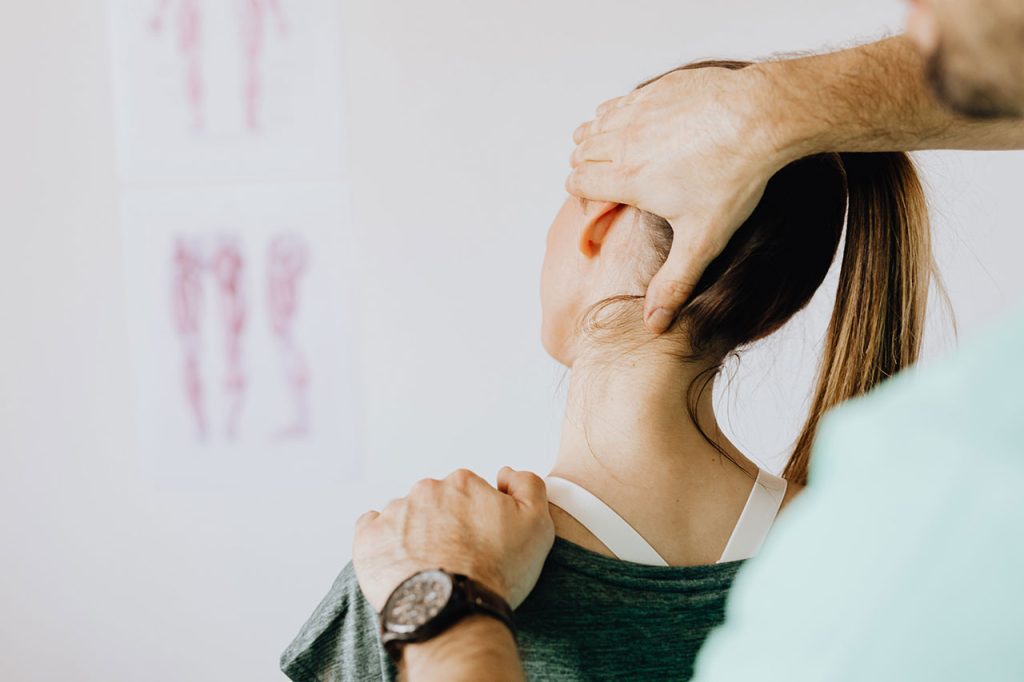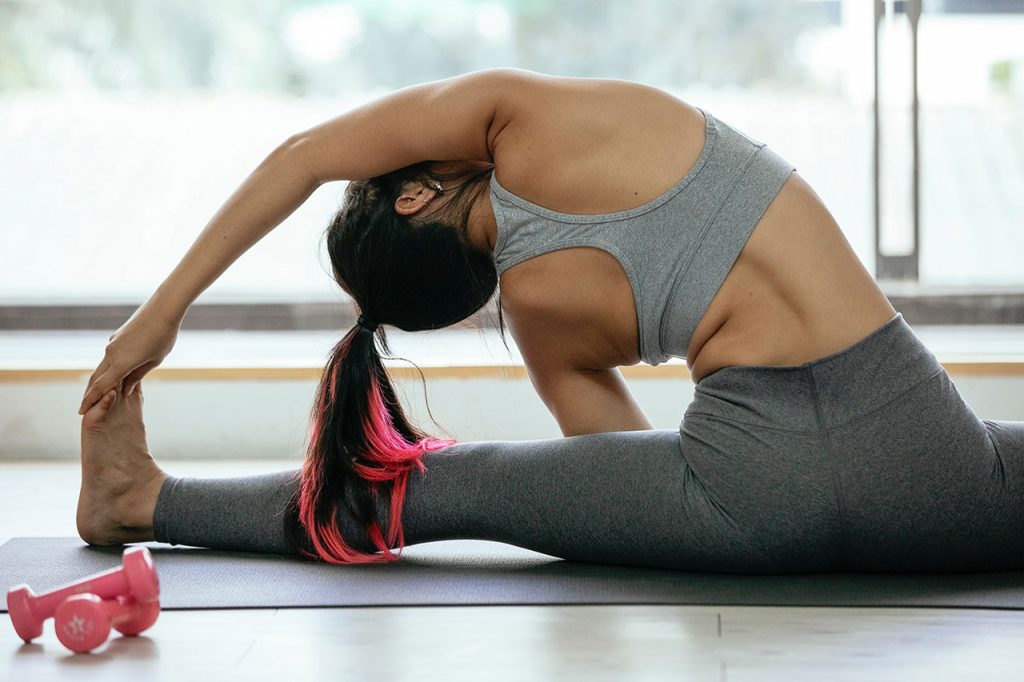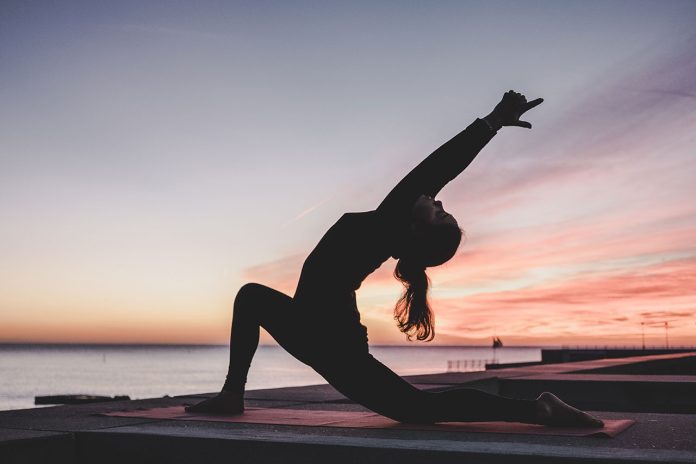As yoga has grown more mainstream, understanding and preventing yoga injuries has become increasingly important. With over 30 million practitioners in the US, it’s crucial we acknowledge the risks, learn how to practice safely, and know how to heal if injury does occur. This article will examine common yoga injuries, their causes, prevention tips, and recovery advice.
Table of Contents
You may also want to know: How to Start a Yoga Practice
Common Yoga Injuries
While yoga can build strength and flexibility, improper practice can lead to strained muscles, sprained ligaments, and other injuries:
- Lower back – Poses like forward folds, twists, and backbends can overstretch or compress the spine and surrounding tissues.
- Wrists – Weight-bearing poses like Downward Dog strain the sensitive wrist joints when alignment is off.
- Hamstrings – Forward folds like Standing Forward Bend can easily overstretch the hamstrings when the legs are straight.
- Shoulders – Chaturangas, planks, and arm balances stress the shoulder muscles and joints.
- Neck – Attempting inversions without experience can compress the cervical spine.
- Knees – Joint strain from misalignment and torque in poses like Warrior II, Pigeon, and Lotus.
- Hips – External rotation and compromised stabilizers in splits or wide-legged poses lead to hip flexor pulls.
These accumulate through repetitive strain and compromised joint stability over time if not addressed. Acute injuries like muscle tears can also occur suddenly. Those new to yoga and veteran students alike must practice intelligently to avoid injury.

Causes of Yoga Injuries
What puts us at risk of being hurt in yoga class? Several factors contribute:
- Forcing flexibility – Pushing into painful ranges of motion strains muscles or tears connective tissue.
- Misalignment – Joints, ligaments, and muscles bear improper loads when poses are off alignment.
- Insufficient warm-up – Lack of warm-up makes the body prone to pulls and tears when moving into deeper stretches.
- Overexertion – Ego, competitiveness, or perfectionism leads to muscle fatigue and joint stress.
- Lack of preparation – Attempting advanced poses without proper technique and muscular development increases injury risk.
- Underlying conditions – Pre-existing injuries or hypermobility require modifications that new students may not know.
- Poor instruction – Teachers failing to provide proper guidance and oversight lets poor form continue unchecked.
Preventing Yoga Injuries
While some risk is inherent to any physical discipline, we can take measures to practice yoga safely:
- Learn fundamentals – Study proper alignment, anatomy, and pose techniques before attempting advanced postures.
- Warm-up properly – Spend time warming the muscles with dynamic movements and gentle stretches before intense poses.
- Modify appropriately – Use props like blocks and straps to support proper alignment and avoid strain.
- Progress gradually – Build strength and flexibility over time as a base for more challenging postures.
- Listen to your body – Don’t push into pain or fatigue. Respect the body’s limitations.
- Communicate with instructors – Inform teachers of any conditions or limitations to practice appropriately.
- Focus on breath & presence – Smooth breath and inward focus build body awareness and prevent overexertion.
- Don’t compete or compare – Avoid ego-based practice that sacrifices alignment and care for achievement.
With patience and proper precautions, we can keep injuries to a minimum and practice yoga safely for life.

Recovering from Yoga Injuries
If the injury does occur, stop practice immediately and consult a doctor if severe. Some guidelines for recovery:
- Rest – Cease regular practice and refrain from aggravating activities to give the injured area time to heal.
- Ice – Apply ice packs wrapped in cloth to acute injuries for 15-20 minutes to reduce inflammation.
- Compress – For sprains or strained muscles, wrap the area with an elastic bandage to provide support and stabilization.
- Elevate – Keep the injured limb raised above the heart to promote circulation and reduce swelling.
- Over-the-counter medication – Anti-inflammatories like NSAIDs can ease pain and inflammation as the injury heals.
- Physical therapy – Work with a professional to determine safe movement, stretches, and exercises to rehabilitate the injury while preventing re-injury.
- Return slowly – When pain has subsided, ease back into practice starting with gentle, therapeutic poses and light stretches.
- Be patient – Understand that complete recovery takes time. Avoid reinjury by respecting your changing limits.
With care and gradual healing, most yoga injuries can fully recover. A thoughtful, listen-to-your-body approach prevents practice from causing harm. If we are attentive and honor the body’s wisdom, yoga can be practiced safely lifelong.

Related Links:
https://en.wikipedia.org/wiki/Yoga




